
 How will the collaboration with Michelin influence the future of the company? What vision do the companies share?
How will the collaboration with Michelin influence the future of the company? What vision do the companies share?
Michelin evaluated our recovered carbon black material in 2016. Since then, they have made significant testing of quite large volumes of our material over time to evaluate its consistency and quality. This is probably the most important parameter for any tyre manufacturer to use recovered carbon black. The interest in the technology itself started to grow as they saw that the performance of the recovered carbon black material was quite impressive. Over time, they started doing due diligence on the technology during those years. We intensified the negotiations in the early stages of 2020 and finally entered into a partnership agreement in April where Michelin invested 20 percent in Enviro. But, that was only one part of the partnership we envisioned. We also had, from the beginning, discussions about how we can provide the technology as a part of their solution to build a business model around mining tyres. This way, they could also offer their mining customers a solution for the recovery of the mining tyres. In that aspect, we negotiated regarding a joint plant project we are currently building in the Antofagasta region of Chile. We are also preparing the permitting for a plant in Uddevalla, Sweden, of 60,000-tonne ELT capacity for car and truck tyres.
In addition to that, we evaluate different technology experiences from both sides where we contribute with our experience in pyrolysis and treating end-of-life tyres in a professional way. Michelin is contributing with their extensive knowledge about developing and innovation into industrial capacity plants. What we have is a very intense collaboration on a more or less daily basis.
Going forward, we see that Michelin has a strategic ambition to replace up to 100 percent of the materials in the tyres with sustainable alternatives. Carbon black is one of the materials where we think that quite large volumes can be replaced over time. They're also involved in replacement and development of different types of oils in the tyres. From Michelin’s side, I think they have a wider interest in the recovery of all the materials in the tyres. This also aligns with our interest since we are recovering tyre pyrolysis oil and doing that quite successfully. We expect more plans in collaboration with Michelin in one way or another. Their investment in our company and the clear engagement in showing the market that they're using our material in motorcycle racing tyres in Moto E and in performance tyres for racing cars is helping us to get the acknowledgement in the market. This is important for our growth and our expansion plan.
How are you matching the quality and consistency of the recovered carbon black to virgin carbon black? Can you also please elaborate on the collaboration with AnvaPolytech, where Enviro completely replaced virgin carbon black used in Volvo's rubber components back in 2015?
We are using our patented batch process, which is a fixed batch process. The technology that we are using was developed for over 20 years to maintain control of the pyrolysis process. We can make sure that the result of the pyrolysis in the material is consistent, which means that we are not creating new carbon, as you easily do when you have a continuous process, and we are making sure that the pyrolysis process has evaporated all the volatiles out of the carbon fraction. This is very important and we control this with the system in multiple parameters that we measure during the process. We also have a significant quality control system downstream. So, in the post process of the pyrolysis, we do multiple quality checks. Before each shipment, we have ASTM standard controls for about 10 different parameters where we compare to the industry ASTM standard normally used for carbon black. There are a few ASTM measurements used for virgin carbon black that are not applicable for all recovered carbon black products, but the majority of the tests can be similar and we keep a very high consistency there. This is also one of the main achievements of the company since January 2016. We made the first commercial delivery to AnvaPolytech and they are a rubber component supplier to Volvo Cars. They have been involved with us before the commercial deliveries in the research and development of the material for rubber components. They were also involved in lots of different types of testing, where meeting the automotive standard for EPDM rubber components was a very significant part, and also got the final approval from Volvo Cars to replace the material. Since 2016, we have replaced 100 percent carbon black in those components with our material. I think it's now more than 100 million components delivered from Anva to Volvo Cars.

The gas produced during the pyrolysis process is used to fuel the machinery itself. Is there a commercial value for the gas in this market and are you exploring those business verticals?
It is a very valid question; we are producing new pyrolysis gas, and in the process, we condense out the oil, but there will be a fraction of gas that is not condensable. That gas is the excess gas that we use for the next pyrolysis phase. In our current plant at Åsensbruk, we use the excess gas and part of the oil to power the main process and the post process for heating purposes. In the new plants we will be building, for instance, one in Sweden, we plan to start production in the fourth quarter of 2023, where we will use green energy from wind, solar, water and waste to provide energy. In this case, the excess gas will be used only to heat the dryer system in the post process. Does it have a commercial value? I think some markets do; it might be used also in-turn to produce energy or electricity, but at the moment, this is not something that we are exploring further in detail.
 The company recently received two ISCC certifications, one for the pyrolysis oil and the other for the carbon black. What were the challenges in earning the certifications and are there any other benchmarks that you're targeting for any other product in the future?
The company recently received two ISCC certifications, one for the pyrolysis oil and the other for the carbon black. What were the challenges in earning the certifications and are there any other benchmarks that you're targeting for any other product in the future?
We are very proud to be the first to achieve the certification for the recovered carbon black. It is an important step for both the certification and for us as a company. We are already seeing some of the players in the tyre industry looking to certify according to ISCC now. This means that there will be a higher value in connection to using that type of material. There are always challenges with being certified and the most challenging maybe is to follow the certification requirements in terms of how, when and where to measure. We need to make sure that this is something that we can live up to when we are audited annually. We must also commit resources and capabilities to do this. We also needed to involve our supplier of tyre material, which, in Sweden, are Ragn-Sells. They are also audited by the certifier.
Enviro was evaluating business prospects in India. What is the current status of opening a full-size plant? Pyrolysis is banned in India across almost all states by the pollution board, and we're seeing various companies being ordered to shut down plants. Where does Enviro fit in and what are the developments?
Yes, we have been conducting meetings together with the Swedish Energy Agency, Swedish Export Organization, Business Sweden and a few other organisations including India-Sweden Innovations Accelerator and Confederation of Indian Industry in India. We have been exploring the Indian market for many multiple axles, and during the last two years, we are meeting with all the major tyre producers, both local and international. We are meeting with oil companies downstream who are potential customers for oil. We are meeting with waste treatment and tyre treatment companies locally and also making presentations to most local governments. However, we feel it is a bit too early for us to enter India on a more massive basis.
We have decided strategically that we will start with Europe followed by probably the US in the next phase. I think that will help India to monitor what is happening with the technology and how it can be a part of the system in those markets. We can then use that as a showcase for creating a sustainable and long-term system for the Indian market. We hope that this display of the system will be appreciated by the players in India to implement and also be some kind of inspiration to make that happen. In regards to pyrolysis being banned, I think it's probably a very correct decision because the pyrolysis technologies that we have seen being used in India are mainly Chinese versions where the environmental 360-degree impact has not really been considered. I think it was a very necessary decision.
The system for import and collecting for the pyrolysis industry was not really in place at that moment. But I think we can showcase together with a few of our peers in the European market that batch pyrolysis process and pyrolysis in general can be made with a very sustainable and safe technology with the highest possible emission control systems. We are hoping that by setting an example in Europe and showing both the technology and the system, maybe we will enter India in the next five years.

What are some of the constraints that you see in entering the Indian market?
I think one constraint that we are struggling with – mainly in Europe, but also in other markets – is that end-of-life tyres are viewed purely as waste materials. To really get our authorities and government regulators to understand that we are making a transition of waste materials into something that can sustainably replace fossil resources is a challenge. We are in the right direction. ISCC certification is one step.
Reach of the materials is another step. I think that transition to get aligned with the current legislation in many countries is still a hurdle. Even if it's improving, making this kind of large transition of an industry that is not really present at the moment requires financial support. Financial investors need to be willing to take a little bit of a risk to make the industry change as rapidly as it needs to. It's not enough for the tyre industry if there is one company able to provide the small volume to the market; they need multiple suppliers and large volumes to replace larger volumes of virgin material. The volume is a constraint itself. We hope, together with Michelin and other parties that we're working with, to provide larger volumes in the coming 10 years. Our ambition is to establish at least 30 plants globally in the coming decade. We also hope that our competitors are also successful in India.
 What potential do you see in the Indian market, being one of the biggest automotive markets in the world, in terms of government support or the infrastructure for the products Enviro produces?
What potential do you see in the Indian market, being one of the biggest automotive markets in the world, in terms of government support or the infrastructure for the products Enviro produces?
One of the opportunities is the growing automotive market. There is also a foundation of industry there in India for a long time. There is a tradition to produce tyres with a lot of knowledge, research and development around tyres and rubber materials, which I think is a very interesting potential itself. The competence around the materials in India is significant. I think the size of the market itself is an opportunity. If you choose to see the immaturity of the collection system as an opportunity, which I do, I think there is a lot of potential to establish from ground-up, a workable system with different stakeholders where I think local and national government needs to play a role, but it needs to be still on market conditions. I think the model that we will be showcasing in Europe will be attractive for both the government and local private stakeholders like the tyre industry and rubber industry.
In a broader sense, what is the future for the company and what are your goals? What are you excited about?
There are very clear targets from the tyre industry since they are consuming more than 70 to 80 percent of the carbon black material in the world. We have very clear targets for replacing fossil-originated materials with recovered or sustainable materials. We are very excited about the volume potential we see there. We have started to take steps in that direction with multiple tyre producers. The regulation in Europe and other countries to reduce the fossil content in oil products and chemical products is very positive for us. ISCC is a very important tool for the market to implement recovered and bio-based materials which have tax incentives. These enable us to launch our expansion plan, which, as I mentioned, is for the next 10 years to open 30 plants globally. We are excited that we are now in the position to work in establishing one plant with Michelin in Chile and in parallel a plant in Sweden with more or less the same time scheduled to start production. In the pipeline, we have several very interesting projects building up.
Are there other manufacturers or automotive players that are satisfied with the level of quality in your recovered carbon black? Are there any projects in the pipeline?
We have seen the interest significantly increasing in suppliers to the automotive industries and to other core manufacturers since we got the ISCC certificate for our products. But I think that we could better market what we have achieved together with Volvo in order to really get the other car brands into using more of our material. I think we have some homework to do there, because what we do is too little known to them at the moment. So there is work to be done there. We know we can achieve it. We should focus on letting them know what we can do. We are working with some other automotive manufacturers not only for the recovered carbon black but also to help them achieve their zero-emission objectives. So that could be related to oil, carbon black, steel and potentially other materials such as carbon fibre, for instance. (MT)
- Yokohama Rubber
- GEOLANDAR X-AT
- All-Terrain Tyres
- Racing Tyres
- FIA Extreme H World Cup
- Hydrogen-Powered Motorsport
Yokohama Rubber To Power FIA Extreme H World Cup With GEOLANDAR Tyres
- By TT News
- September 12, 2025

The Yokohama Rubber Co., Ltd. has been selected as the official tyre supplier for the groundbreaking FIA Extreme H World Cup, the world's first hydrogen-powered motorsport series. The company will supply its GEOLANDAR brand of tyres for the championship, which is scheduled to commence next month in Saudi Arabia. The company will also continue to supply GEOLANDAR tyres for the Extreme E off-road electric vehicle series, which holds its final event on 4–5 October in Saudi Arabia.
Central to both the Extreme H and Extreme E series is a shared mission to advance sustainability and equality. The championships serve as dynamic platforms to promote environmental awareness and demonstrate cutting-edge technologies while also enforcing a strict mandate for gender parity by requiring each team to field one male and one female driver. The Extreme H series will feature eight international teams operating the Pioneer 25, a cutting-edge hydrogen fuel cell vehicle capable of generating 550 horsepower and accelerating from 0 to 100 kmph in 4.5 seconds. The global significance of this new championship is expected to draw a worldwide television audience across multiple continents.
As the predecessor to Extreme H, the Extreme E series utilised the high-performance all-electric Odyssey 21 vehicle. All teams competing in the new hydrogen series will also participate in this final Extreme E event, marking the conclusion of the electric championship as it transitions towards a hydrogen future.
In alignment with the environmental principles of these series, Yokohama Rubber will provide a specially developed prototype tyre based on its GEOLANDAR X-AT model. This tyre has been engineered with a significantly increased ratio of sustainable materials, comprising 38 percent renewable and recycled content. It has also been fortified with enhanced durability characteristics to withstand the unique demands of heavy hydrogen-powered and electric off-road racing vehicles.
Hankook Tire Unveils Future Mobility Innovations At 'Design Innovation Day 2025'
- By TT News
- September 12, 2025
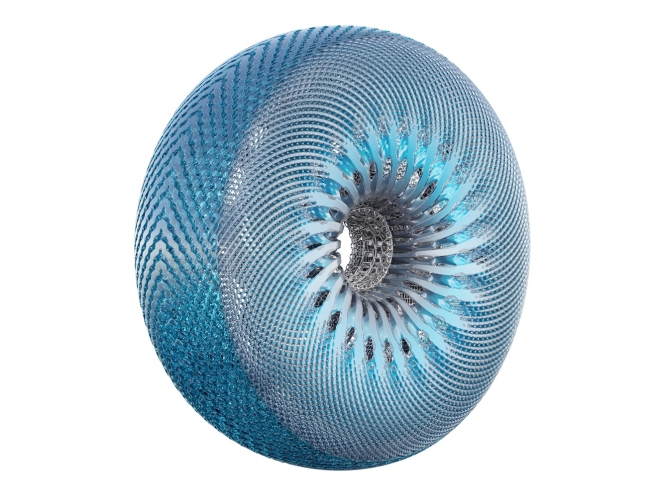
Hankook Tire is advancing its future mobility leadership through strategic open innovation and collaborative design projects. This effort was showcased at the company’s recent Design Innovation Day 2025, held at its Pangyo Technoplex headquarters. The event serves as a platform to present new solutions integrating sustainability, innovation and design while reinforcing partnerships with global technology leaders.
A major focus was the unveiling of two key outcomes from Hankook’s ongoing Design Innovation Project. The first was ‘Sustainable Concept Tyre’, an embodiment of the company’s ESG vision. Developed using advanced 3D printing technology, it is constructed from renewable and recycled materials. Its distinctive organic design was realised in collaboration with Harvestance using specialised engineering software.
The second reveal was the WheelBot 2, a multi-directional mobility platform developed with robotics startup CALMANTECH. This advanced robotic wheel system, equipped with tri-axial spherical tyres, demonstrates new possibilities for movement. Its potential was illustrated through a live demonstration of the PathCruizer, a two-seater pod concept powered by the WheelBot technology.
Beyond product reveals, the event highlighted Hankook’s commitment to knowledge sharing, featuring a presentation on 3D printing advancements from LG Electronics. These collaborations are central to Hankook’s strategy of strengthening its technology leadership. Since 2012, the company has partnered with world-renowned design universities and technology firms, consistently earning prestigious international design awards and solidifying the premium stature of its global brand.
CEAT Cuts Tyre Prices Across Portfolio Following GST Rate Reduction
- By TT News
- September 12, 2025
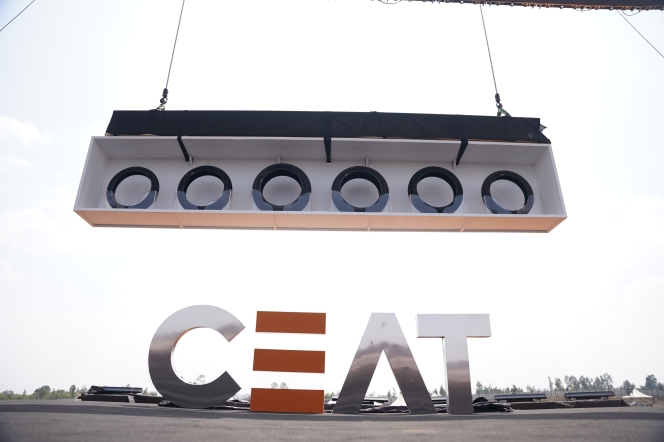
Indian tyre maker to pass full benefit of tax cuts to customers from 22 September
CEAT Limited said on Thursday it would reduce prices across its entire tyre range following the Indian government’s decision to cut goods and services tax (GST) rates on tyres, with the full benefit being passed on to customers.
The Mumbai-based tyre manufacturer said new prices would take effect from 22 September, covering commercial, agricultural, passenger vehicle and two-wheeler segments.
India’s 56th GST Council meeting approved significant reductions in tax rates for the tyre industry. GST on new pneumatic tyres was cut to 18% from 28%, whilst tractor tyres and tubes will attract a reduced rate of 5%.
“We thank the Government of India and the GST Council for their timely and progressive decision to rationalise tax rates in the tyre sector,” said Arnab Banerjee, Managing Director & CEO of CEAT Limited.
“The reduced GST slabs will greatly benefit the tyre industry and consumers alike. Not only will it lower the cost of owning and operating a vehicle for customers across various segments, but by making tyres more affordable to replace, it will also make our roads safer.”
Banerjee added the move would “spur formalisation and greater compliance, while also fostering sustainable growth in the sector.”
The GST rate cuts represent a significant policy shift for India’s automotive sector, where high taxation has been a longstanding concern for manufacturers and consumers.
Yokohama Rubber Recognised As ‘DX Certified Business Operator’ By Japan’s METI
- By TT News
- September 12, 2025
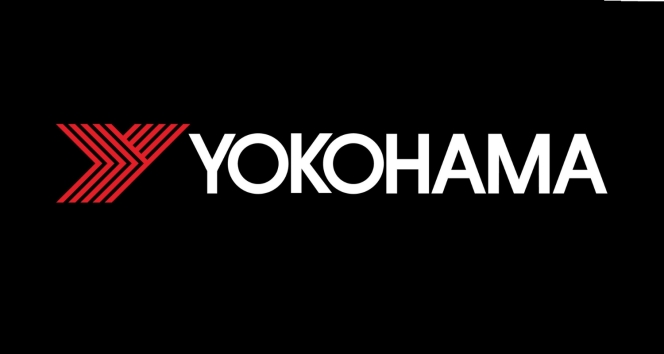
The Yokohama Rubber Co., Ltd. has been officially recognised as a DX Certified Business Operator by Japan's Ministry of Economy, Trade and Industry (METI). The designation, which was granted on 1 September 2025, identifies companies that are thoroughly prepared for digital transformation as outlined by the Digital Governance Code.
This certification acknowledges Yokohama Rubber's comprehensive strategy for digital transformation, which is built on three core objectives: advancing business strategy, contributing to sustainability and reinforcing its IT infrastructure. Central to this effort is the company's proprietary AI framework, HAICoLab (Humans and AI ColLaborate), which drives group-wide digital initiatives. These include improving productivity, innovating processes, developing digital talent and building a global cloud-based IT system. The certification confirms that the company's efforts not only meet METI's stringent criteria but also demonstrate appropriate disclosure of information to its stakeholders.
Moving forward, the company said it will continue to leverage data from its entire value chain to adapt to a dynamic business environment. The company aims to enhance customer value, pursue sustainable innovation and transform its corporate culture to strengthen its competitive position and ensure long-term growth.


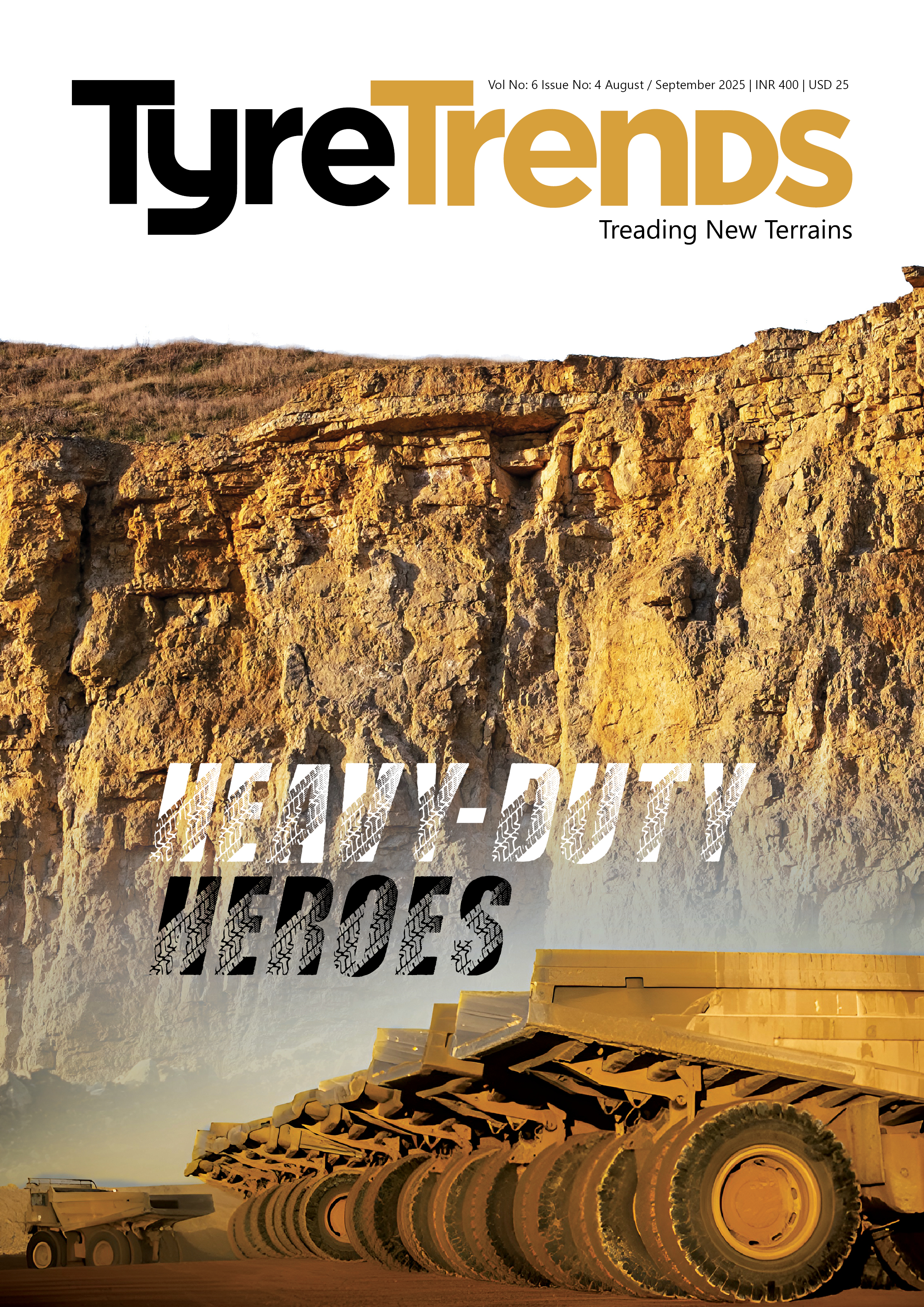
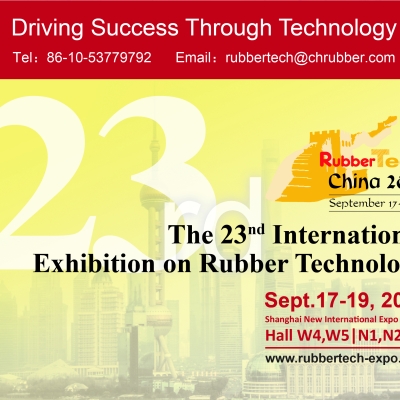
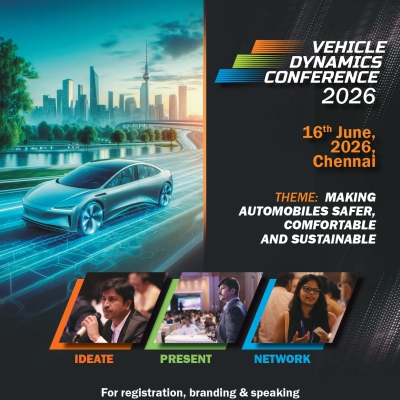

Comments (0)
ADD COMMENT